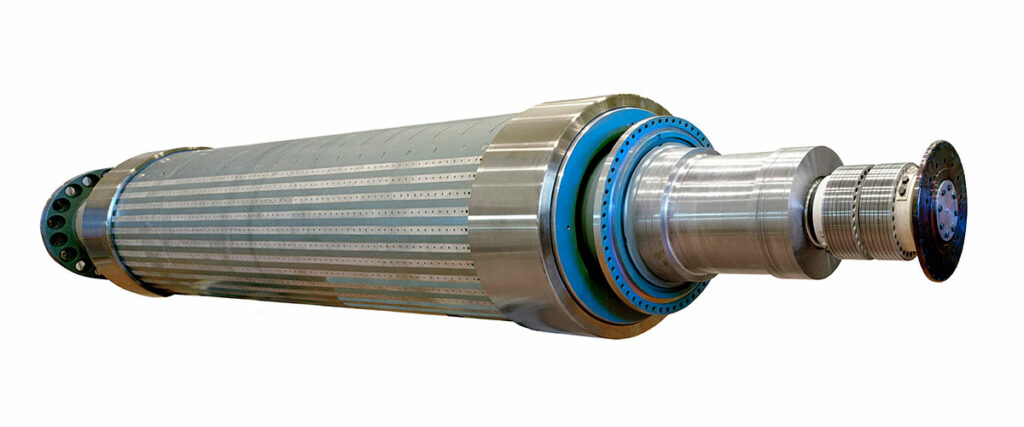Electric generators are highly essential for a variety of applications to supply power to remote and urban construction locations and to support power in the event of a power outage. We’ve put together a glossary of generator systems, parts, and details to better understand how electric generators operate and the types of generators and supplemental instruments that are available. You can shorten the maintenance costs with access to cost-effective electric generator parts designed according to the current OEM standards (Original Equipment Manufacturer). Our professional teams and efficient supply chain mean components are in your hands when you require them, also helping you to improve your electric generator’s useful life cycle.
What are the Electric Generator Parts?
9 Parts of the Electric Generator are:
- Engine
- Fuel System
- Alternator and Electric Generator End
- Cooling, Exhaust, and Lubricating Systems
- Control Panel
- Battery Charger
- Voltage Regulator
- Main Frame/Skid
- Lubrication System
An electric generator is a device employed to transform mechanical energy into an electrical one. Electric generators make the electrical current through electromagnetic induction using a fuel source such as wind, gasoline, oil, or moving water. Electric generators are widely used to serve as backup energy resources for hospitals and factories, where the facility can use them for operation immediately if the main energy goes out.
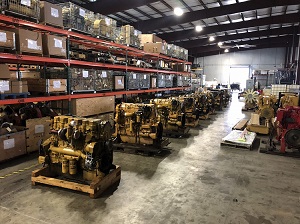
Commercial electric generators commonly have the size of a large barbecue grill and permit easy storage. They are usually used by residential homes and small businesses. These generators are packaged units that supply electricity via a particular engine. The engine and other different components use a fuel source to provide usable electricity for various applications.
Engine
The engine section is the workhorse of the electric generator. The engines of an electric generator are commonly powered by either natural gas or diesel fuel. The fuel runs the engine, and as the engine runs, various parts, containing the alternator and battery section, convert the mechanical energy into applicable electricity for various devices. Engines are sometimes introduced as the machine’s prime mover for this reason.
The size and shape of the engine usually determine how much electricity the electric generator produces.
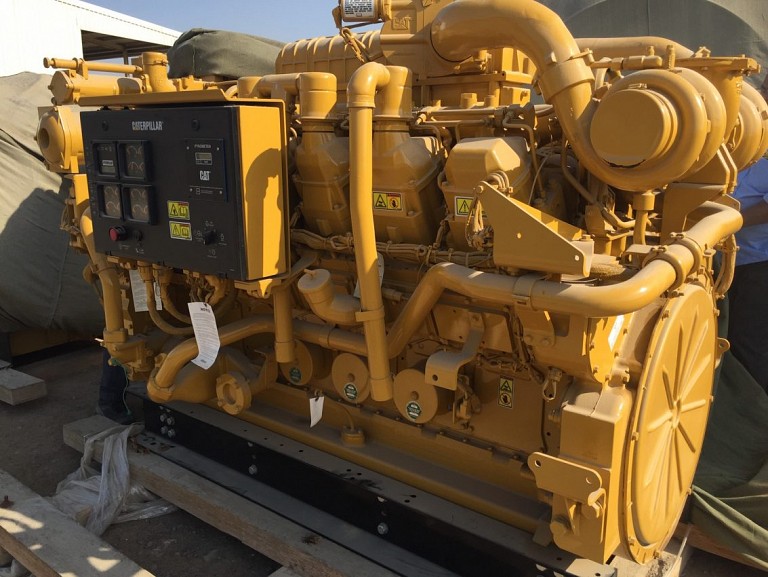
In an electric generator, the engine employs its fuel source (such as diesel, gasoline, propane, natural gas, bio-diesel, sewage gas, water, or hydrogen) to convert the mechanical power of the system into electricity. Each engine design of the electric generator aims to make a maximum source of electrical current by utilizing a particular fuel or other energy sources. Some engines typically employed in the modeling of electric generators are turbine engines, steam engines, reciprocating engines, and microturbines.
They are the source of the primary mechanical energy for the generator. Their size of them is directly related to the maximum output of the power that the electric generator can provide. There are different features that you require to keep in mind while choosing the engine of the system. The designer of the engine should provide the specifications and maintenance states of the device.
Electric generator engines perform based on different fuels. Smaller engines normally work with gasoline, whereas the larger ones run on liquid propane, diesel, natural gas, or propane gas. Some particular engines can also perform based on a dual combination of both diesel and gas in a bi-fuel working method.
In addition, OHV types of engines (Overhead Valve Engines) differ from other engines due to the intake and exhaust valves. These valves are placed at the top of the engine’s cylinder.
Fuel System
Electric generators operating based on fuel have a system that saves and pumps the best fuel to the engine. The fuel system is the main section of the generator. Without fuel, the engine fails to perform. This means that the appropriate fuel should be placed into the system, and enough fuel should be in the electric generator and on-site to resume the system operation.
The tank saves enough fuel to run the system for an equivalent number of hours. The fuel pipe attaches the tank to the main engine, and the return pipe joins the engine to the fuel source for the return of the fuel. The fuel pump transmits the fuel from the source within the fuel pipe and to the engine. The filter section filters any debris from the fuel before use in the engine. The fuel injector grinds the fuel and sends it directly into the combustion chamber of the system.
It is recommended to select the fuel system and fuel flow before operating the electric generator to assure that every section is operating as expected and there are no clogs or kinks in the fuel pipes that would prevent the diesel or natural gas from reaching the system. The popular electric generator fuels contain natural gas, diesel, and propane.
Fuel tanks commonly have sufficient capacity to use in electric generators for 6 – 8 hours on average. In the case of small electric generator sections, the fuel source is a part of the skid base. For commercial applications, it would be necessary to install an additional fuel tank. Common properties of the fuel system include:
- Pipe connection from the engine to the fuel tank: the supply line sends the fuel from the tank to the engine, and the return pipe sends fuel from the engine to the tank.
- Ventilation line for fuel tank: the fuel source has a ventilation line to avoid the build-up of pressure or vacuum when the refilling drainage of the system.
- Overflow junction from the fuel tank to the drainpipe: this is needed so that no overflow during the refilling process of the source.
- Fuel pump: this can transfer the fuel from the main tank to the other tanks. The fuel pump is normally electrically worked.
- Fuel filter or Fuel water separator: It can separate the water and foreign materials from the basic fuel to protect other parts of the electric generator from contamination and corrosion.
- Fuel injector: This can atomize the main fuel and directs the required value of the fuel into the combustion chamber of the system.
Alternator and Electric Generator End
The alternator is one of the most important sections of electric generator parts, which transforms the mechanical power produced by the engine into electrical output. The alternator is introduced as the “Genhead”, making up a part of the electric generator that generates the electrical output from the mechanical power provided by the engine. The alternator is attached to the crankshaft of the engine with a belt.
The alternator includes the rotor (or armature) and the stator. The rotor moves to make a fixed rotating electromagnetic output around the stator. The rotor operates as a moving component that generates a rotating magnetic output through 1) Permanent magnets, 2) Using an exciter, and 3) Induction. The rotor produces a moving magnetic environment around the stator, which contains a voltage difference between the stator windings. This generates the current output in the electric generator.
The stator is a stationary section, including a set of coils that direct electricity. The alternator produces the electrical voltage. The electric generator should regulate the voltage to create a fixed current suitable for practical applications. As the engine turns, it rotates the belt, which circulates the shaft of the rotor. The rotor is fundamentally a magnet, and the area close to the magnet is introduced as a conductor. These electric generator parts perform together to produce electricity in the form of current.
The following are features that you require to keep in mind while designing the alternator of an electric generator:
- Metal vs. Plastic Housing: While all-metal models ensure the stability of the alternator, plastic housings become deformed with time and cause the sliding parts of the alternator to be broken. It rises to tear and wear and is dangerous to the user.
- Needle Bearings vs. Ball Bearings: Ball bearings are more suitable and last longer.
- Brushless Design: An alternator that does not utilize the brushes needs less maintenance and also generates cleaner power.
Cooling, Exhaust, and Lubricating Systems
The temperature of the electric generator parts needs particular regulation to avoid overheating during the operation. Electric generators can employ a coolant, fan, or both to monitor the temperature of the system at work. The electric generator also generates exhaust as the combustion chamber burns the fuel. Exhaust systems eliminate the dangerous gases emitted by the system during the operation. Electric generators include several moving parts, each of which needs oiling to guarantee smooth functioning. The lubricating systems keep all the electric generator parts well-oiled.
Control Panel
The control panel of the electric generator is based on the user interface. It permits the operator of the system to control the various electric generator parts and adjust them as required. These main controls are the value of voltage created by the electric generator, the main current, and the frequency of the output. The system control is supported by various displays and gauges, and the electric generator settings are configured through a series of switches and buttons.
Battery Charger
Like your other machines, an electric generator is first started using a battery. Because this battery should be charged, the system will also include a battery charger that recovers the battery when the system is in operation.
Voltage Regulator
The alternator of an electric generator creates the current as the main output. This is not a suitable current for recovering a battery storage part or operating different machinery. Instead, direct current is required. The voltage regulator determines the voltage of the current and converts it from the alternative type to the direct current.
Main Frame/Skid
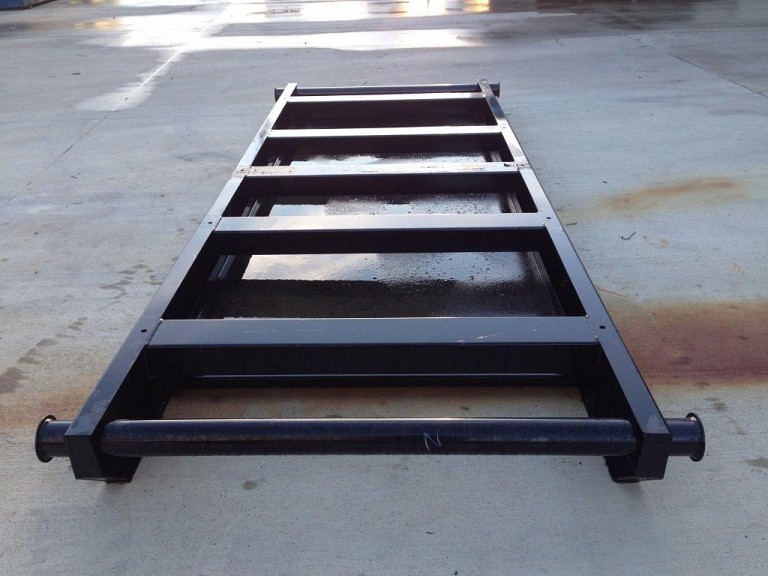
The skid or main frame is the housing of the electric generator parts that keeps all parts and components. The skid can be made to permit the electric generator to sit on a concrete pad or the ground, or it can be joined to a trailer for simple transportation of the system. It can also ensure that the electric generator parts are properly earthed or grounded, which is important for the good operation and safety of the electric generator parts.
Lubrication System
Because electric generators include particular moving parts, they should have a lubrication section. The lubrication part ensures that the sliding parts do not produce excessive friction and overheat, which would cause the system to fail.
Accessories of the Electric Generator Parts
Electric generators consist of separate sections and components and can be employed in combination with a range of accessories. Some of them are:
Load Banks
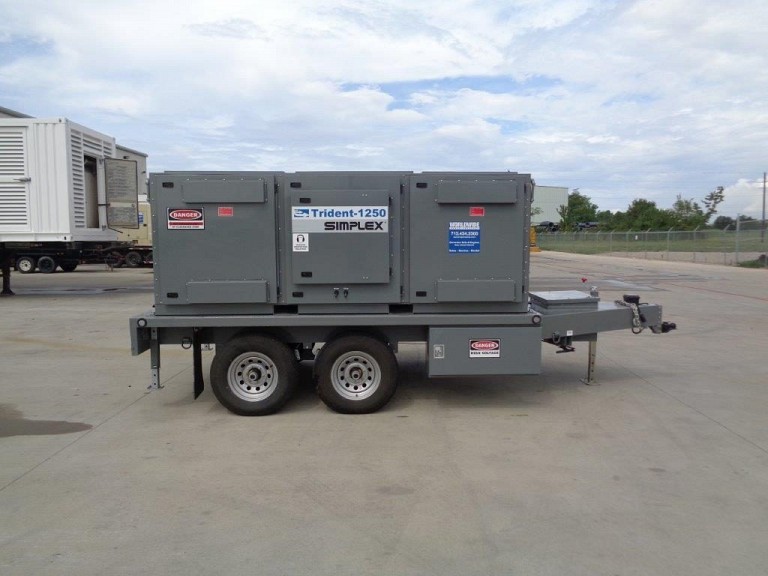
Load banks are used for gas and diesel systems. They are made to help test different power sources for suitable operation and electrical output before connecting the system to a real load. They can also help the electric generators during the combustion procedure to guarantee that all of the fuel is used.
Transfer Switches
Transfer switches help improve the safety level of the electric generators. These switches supply the energy for other sections by providing a particular single plug-in point for the system. When the transfer switch is working, other electric generator parts can be attached to the transfer switch instead of straight to the generator. Automatic type of transfer switches permits the electric generator to kick into operation automatically when the basic energy source fails. The system will shut down by itself when the energy comes back on.
Radiators
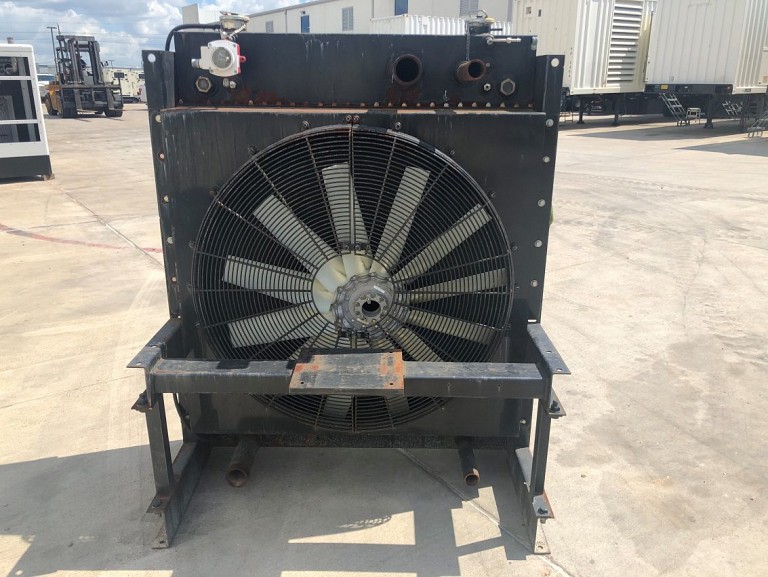
Radiators keep the system operating within its suitable thermal limits to avoid overheating.
Trailer
Trailer-mounting of large and small electric generators makes transporting the system an easy task and is applicable for mobile projects and applications with multiple power requirements.
Enclosure
Enclosures can keep the electric generator safe and preserved against elements. Electric generator enclosures improve weatherproofing and reduce sound contamination. The weatherproof types are fully water-resistant to avoid water damage and hazardous conditions that can happen when the water enters an electrical device. The sound-proofing types are suitable for populated regions where electric generator noise is not favorable. A walk-in enclosure provides more room to repair and maintain the inside of the electric generator.
Buy Equipment or Ask for a Service
By using Linquip RFQ Service, you can expect to receive quotations from various suppliers across multiple industries and regions.
Click Here to Request a Quotation From Suppliers and Service Providers
Read More on Linquip

